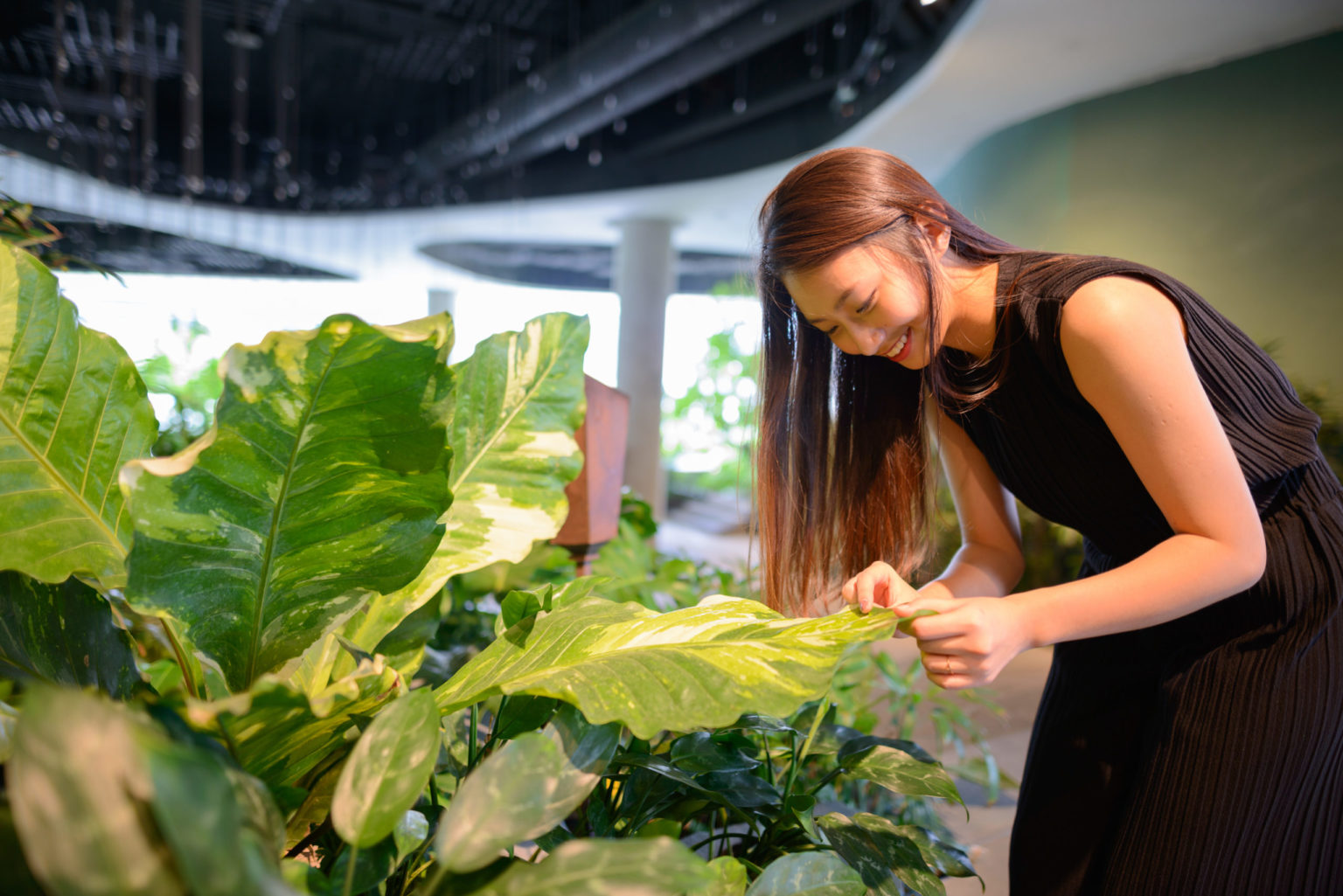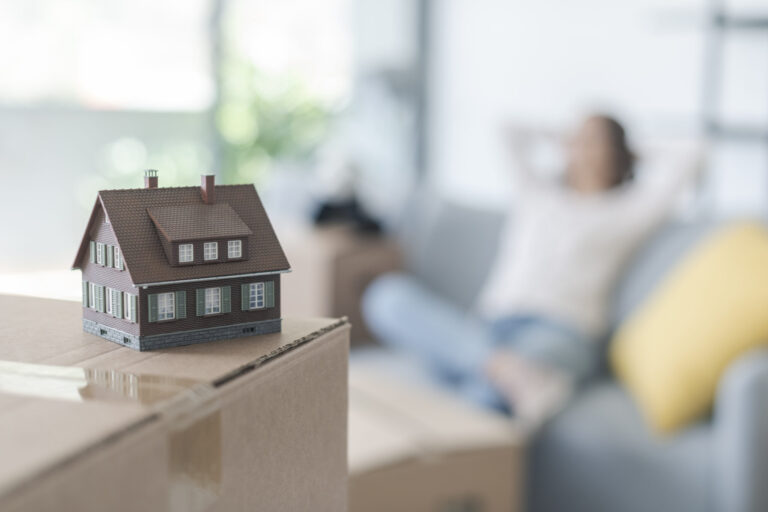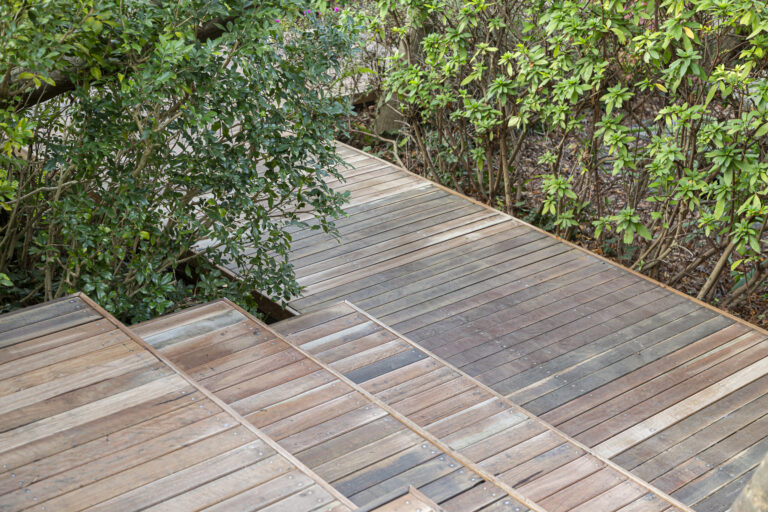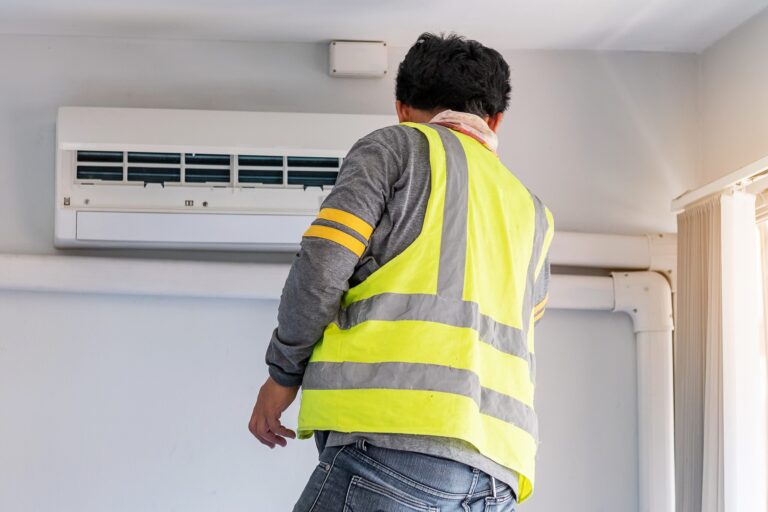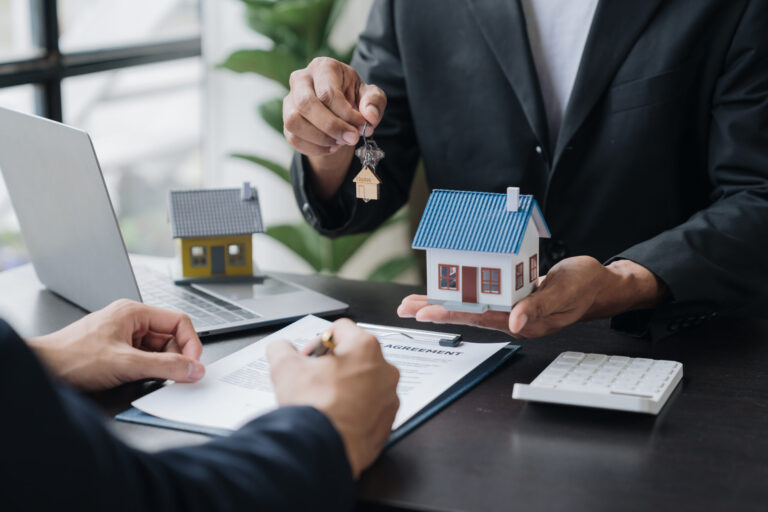Gardening is a great way to relax and unwind. It’s also been proven to reduce depression and anxiety symptoms. However, not everyone has the space or the means to start an outdoor garden. It can take a lot of space and good sunlight to grow a beautiful, bountiful garden. Luckily there are other options, such as using a hydroponic system. It’s not nearly as complicated as it can seem, either.

Hydroponics 101
The hydroponic system isn’t a new concept. The earliest discoveries of it were found back in 600 B.C. at the hanging gardens of Babylon. So what is it exactly? Hydroponics is the act of growing a plant without the growing medium of soil. Instead, it is grown in a mix of water and nutrients. Growing mediums such as perlite, gravel, sand, or clay balls can be added, and their main role is to add oxygen to the roots. A water pump is usually used to agitate the water and help prevent the plants from suffocating.
There are six different methods of hydroponics:
- Deep Water Culture (DWC) – This is a very popular choice and can be the best way for beginners to try out hydroponic gardening. A plant is placed in a basket or net and suspended above a water reservoir filled with nutrients. This method requires the plant’s roots to be completely submerged all the time, so a water pump or air stone is required to create bubbles to cause agitation.
- Nutrient Film Technique (NFT) – This hydroponic system is a shallow stream of nutrient solution that flows down a sloped channel, and the plant’s roots hang in this stream, absorbing the nutrients from this steady flow.
- Aeroponic – This technique doesn’t submerge the plant’s roots in water, and instead leaves them completely exposed in a grow chamber. Within the grow chamber are misters that spray the exposed roots regularly to prevent them from drying. This method focuses on providing the plants with more oxygen than anything.
- Flood and Drain – Also known as the Ebb and Flow method, this uses a water pump and a timer to flood and then drain the root system. The water will raise up just enough to water the roots, and any excess water will drain from an overflow tube. The pump then shuts off at a designated time and drains into a reservoir underneath. This process will repeat over and over again, providing the plants with a constant flow of water and oxygen.
- Drip System – This is exactly like it sounds! Plants are placed in a growing medium, such as perlite, and a water and nutrient solution is then pumped from a reservoir through tubes to drip onto the roots. The plants then soak up this up, and excess water will drip down back into the reservoir.
- Wick System- This method requires no pump or moving parts. A plant is placed in a wicking medium, like perlite, directly above a reservoir of water and nutrient solution. A wicking rope is then used to reach down to the water, and as the wicking medium dries out, the water is pulled up via the rope.
All of these methods have their own benefits and drawbacks, such as needed supplies and space.
Getting Started
After you figure out which hydroponic system you want to try, it’s time to gather your supplies, and figure out what you want to grow. Depending on the method you pick, you’ll need anything from a container for a water reservoir, wicking rope, a pump, or growing mediums. There are places you can buy a kit from, or you can try to DIY it and create your own.
There are different plants you can grow, but it’s best to keep it simple and try something like lettuce or herbs. You can grow them directly from seeds, or use clones or small seedlings. There are a wide variety of germination kits out there that can help you grow from seed if you want to try that way!

You will also need to consider the correct lighting and pH balance. Plants need a good 6-7 hours of sunlight, and if you’re not able to place your hydroponic garden in a good spot, you’ll need indoor lights. Do your research and find the best option for your needs. When you grow indoors, you control all of the growing conditions, so make sure to give your plants the best lighting you can. You’ll also need to invest in a pH balance testing kit, so you can ensure your plants have the correct pH level in their water.
Choosing to grow an indoor garden by hydroponics is a great option. You won’t have the mess of soil to deal with on your kitchen counters, and your plants will produce so much more! And remember that it’s all about trial and error, so don’t give up if your first harvest isn’t what you hoped it would be.

